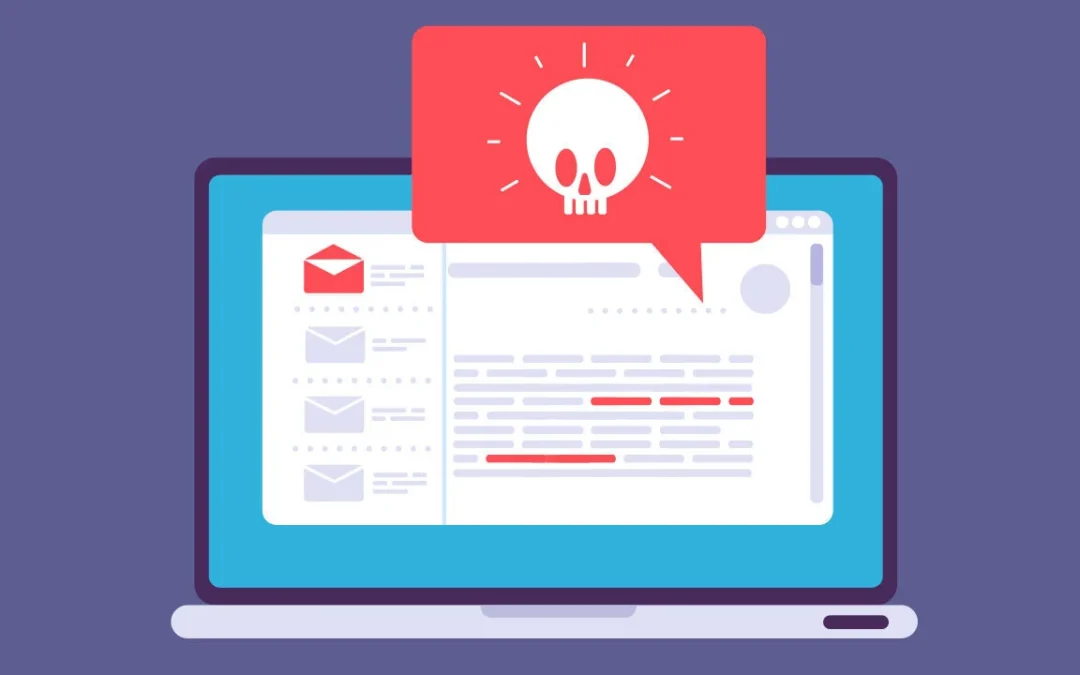1. Disconnect from the Internet
Why It’s Important
Disconnecting from the internet prevents the malware from communicating with its control servers, spreading further, or downloading additional malicious components.
Steps to Disconnect
- Turn Off Wi-Fi: Click on the Wi-Fi icon in the system tray and disconnect from the network.
- Unplug Ethernet Cable: If you are connected via an Ethernet cable, unplug it from your laptop.
2. Enter Safe Mode
Why Use Safe Mode?
Safe Mode loads only the essential drivers and services, preventing most malware from running. This makes it easier to remove the malware.
How to Enter Safe Mode
- Restart Your Laptop: Click on the Start menu, then select Restart.
- Access Advanced Startup Options: As your laptop restarts, press F8 (or another key specified by your manufacturer) repeatedly.
- Select Safe Mode: From the options, choose Safe Mode or Safe Mode with Networking if you need internet access for downloading tools.
3. Use Malware Removal Tools
Why Use Specialized Tools?
Regular antivirus programs may not always detect or remove all types of malware. Specialized tools are designed to target and eliminate a wider range of threats.
Recommended Tools
- Malwarebytes Anti-Malware: A powerful tool that can detect and remove malware, spyware, and other malicious software.
- AdwCleaner: Targets adware and potentially unwanted programs (PUPs).
- HitmanPro: A secondary scanner that uses a cloud-based approach to detect and remove malware.
How to Use These Tools
- Download and Install the Tools: Use Safe Mode with Networking if necessary.
- Run Full Scans: Open each tool and perform a full system scan. Follow the prompts to remove any detected threats.
- Restart Your Laptop: After removing the malware, restart your laptop normally.
4. Update Your Operating System and Software
Why It’s Important
Updating your operating system and software patches security vulnerabilities that malware can exploit.
How to Update
- Windows Update: Go to Settings > Update & Security > Windows Update, then click on Check for updates.
- Update Installed Software: Open each installed program and check for updates. Many programs have a “Check for Updates” option in the Help menu or settings.
5. Perform a Full System Scan with Your Antivirus
Why Do a Full System Scan?
After removing the initial threats, a full system scan ensures no remnants or additional malware are lurking on your system.
How to Perform a Full System Scan
- Open Your Antivirus Program: Launch the antivirus software installed on your laptop.
- Update Virus Definitions: Ensure the antivirus program is up-to-date with the latest virus definitions.
- Run a Full System Scan: Select the option to perform a full system scan and allow the program to scan your entire laptop. This process can take some time but is essential for thorough detection and removal.
Additional Tips
- Quarantine vs. Delete: If your antivirus program finds threats, it may give you the option to quarantine or delete them.

